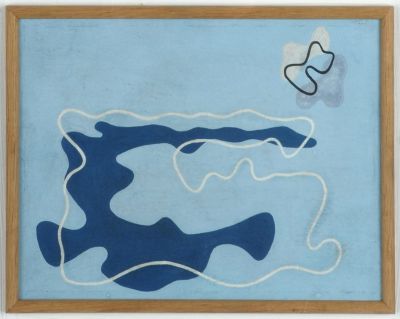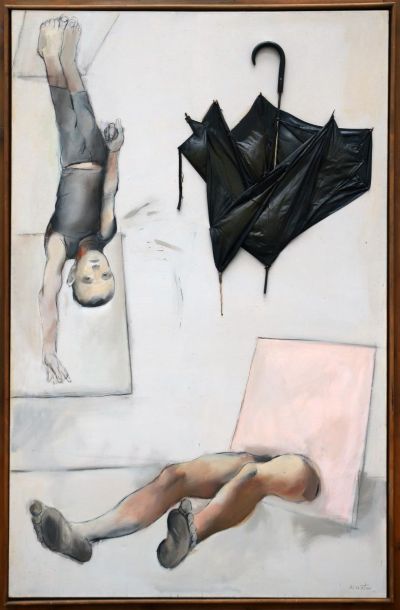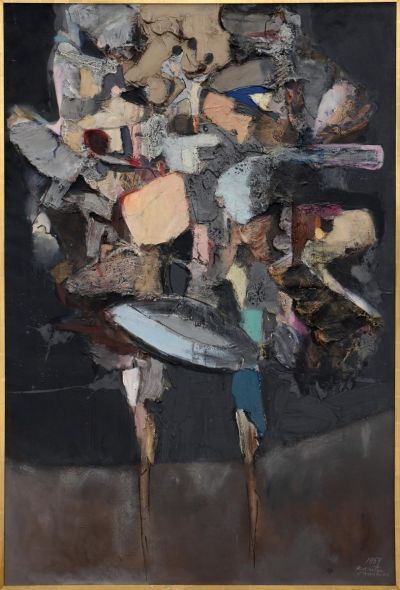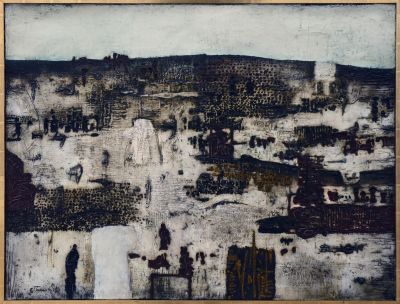Polish art and artists in the Bochum Art Museum (Kunstmuseum Bochum)
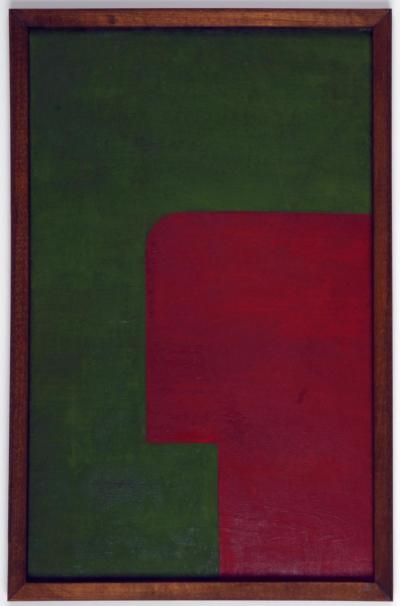
In 1960 the town of Bochum opened the Kunstmuseum Bochum (as it is now known), in order to be a “foster town”[1] for the pictorial arts alongside its support for music and drama. The town council had decided to collect and exhibit art after 1945 with the following aim, as the founding director Peter Leo said: “(to demonstrate) the free, boundless variety of pictorial intentions as shown in particular in the development of art after 1945, to spread areas of experience beyond local and national borders for the benefit of an audience which has in this respect been treated like a poor relation; all the more so because, despite a lack of requited love, the ideal audience for such efforts remains the local working population.”[2]
Peter Leo regarded himself as a European art mediator who, in the time of the Cold War, refused to allow Europe to end at the Iron Curtain. True, he curated committed solo and thematic exhibitions featuring contemporary art from the Netherlands, France, Italy, Spain and England, but also (as he saw it), “art from the Socialist People’s Republics as the most glaring gap in the collections of even the largest West German museums [...] Since 1963 the Museum Bochum has presented a rapid succession of exhibitions from Poland, Yugoslavia, Romania and Czechoslovakia, as well as presenting German art in those countries for the first time.”[3] The range of exhibitions entitled “Profile“, in each of which two art critics of different generations and origin present a selection of contemporary art from their country, independent of one another and of extraneous considerations [4], featured the first presentation of contemporary Polish art in 1964/65. Here we exhibited works by the likes of Jerzy Bereś, Halina Chrostowska, Tadeusz Kantor, Aleksander Kobzdej, Janina Kraupe-Świderska, Marian Kruczek, Zbigniew Makowski, Jerzy Stajuda und Jan Tarasin, as well as purchasing works featured in the exhibition. All these acquisitions were precious components in a panoramic collection of European art put together by Peter Leo that included other outstanding works of art by national and international artists like Josef Albers, Carel Appel, Hans Arp, Francis Bacon, Willi Baumeister, Christo, Constant, Crippa, Ansgar Jorn, Lucebert, Cy Twombly and Ossip Zadkine.
After Peter Leo’s unexpected death in 1972 the post of the new director of the Museum Bochum, as it was now known, was taken over by his assistant Peter Spielman who had been born in the former Czechoslovakia. Coming as he did from the National Gallery in Prague he proved to be a profound expert in central and eastern European art: the contacts he brought with him enabled audiences to have access to artistic insights which would otherwise have been very difficult at the time. Whereas Peter Leo opened up “windows” and “slits” in the Iron Curtain with diplomatic skill, his successor was able to open up a number of “doors” thanks to his network of contacts. Although his main interest was in Czech art he continued the museum’s tradition of collecting and exhibiting European art by purchasing a number of outstanding works by artists already in the collection as well as by other artists like Władysław Hasior, Henyk Stażewski and Władysław Strzemiński. In addition he began to introduce some basic changes. “From an art-historical point of view the original fixation on art after 1945 has proved to be an arbitrary and irrelevant demarcation. In order to present the development of art in a historical and logical way we have decided to collect [and exhibit] 20th-century art.” Historic and contemporary art from Poland could be seen, amongst others in many solo and different thematic exhibitions like “Stanisław Fijałkowski” (1978), “The Principal of Hope” (1983), “Jósef Szajna” (1985), “East European Avant-Garde” (1989) and “Tadeusz Makowski 1882 -1932” (1990), to name but a few.
The Museum Bochum was regarded in Western and Eastern Europe alike as an outstanding forum for mediation between the different art scenes. Although the museum in Bochum always strived to present a balanced survey of national and international art the then generation was heavily influenced by its experience of National Socialism – some of it personal - and this affected their relationship to Czech and Polish art in particular. For a time art was heavily overloaded with politics. Whereas one of the most important aspects of the Museum Bochum was mediating between the East and West this began to wane after the fall of the Berlin Wall. For a time there was more or less a boom in exhibitions in West Germany featuring Eastern and Central European art, before the wave began to ebb.
